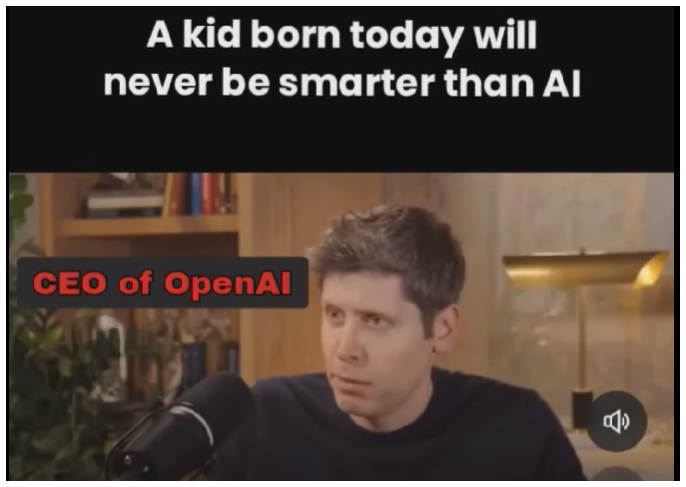What is the Utah State Board of Education’s ACEESS committee and why should you care?
In 2016, the USBE made a resolution to form ACEESS (pronounced “ak-cess”), the Advisory Committee on Equity of Educational Services for Students. The committee’s purpose is to advise the USBE on “underrepresented, historically marginalized and underserved students,” and its membership is determined by a quota system:
The operative word in this committee’s name is “EQUITY.” Equity, as it’s being implemented in our kids’ classrooms, looks like this:
1) Educators are supposed to see and treat a child’s race, color, ethnicity, sexuality, or gender identity as a built-in disadvantage if the child is not white, straight, or comfortable with their birth sex.
2) Educators are expected to primarily attribute achievement gaps to race, color, ethnicity, sexual orientation, or gender identity.
3) Educators are trained to treat student achievement gaps as proof of discrimination in society and the school system.
The ACEESS committee works with the USBE staff to push equity in schools to propose action through recommendations and memos. The USBE staff works with ACEESS to present these proposals to the Board, and the Board rubber stamps what objectively amounts to state-sanctioned discrimination in the classroom.
Below are some excerpts from meeting minutes showing how ACEESS discussed incorporating intersectional racial & sexuality ideas into the classroom:
ACEESS’ influence can be seen in 5 major recommendations it made to the USBE that were accepted by the board for implementation, as well as in other memos:
And yet somehow, for the past five years, ACEESS’s divisive and discriminatory efforts have gone largely under the public’s radar. How did that even happen in Utah, a state that supposedly promotes and encourages “full and active participation and involvement of parents” in their children’s public education? (Utah State Code 53E-2-201(a)(b))
The answer is simple—led by Superintendent Sydnee Dickson, the USBE staff simply declared that ACEESS’s meetings were not open to the public.
On June 6, 2019, the board passed policy 5001 governing the ACEESS advisory committee, which flatly states “ACEESS meeting are not subject to Title 52, Chapter 4, Open and Public Meetings Act” (OPMA).
And yet ACEESS by every reasonable standard meets the definition of the term “Public Body,” which should make it fully subject to having its meetings open to the public:
First, it’s an advisory body of a state political subdivision, the Utah State Board of Education.
Second, it was created through a USBE resolution adopted January 2016.
Third, it consists of two or more persons.
Fourth, it is supported in whole or in part by tax revenue, as the ACEESS committee receives reimbursement for travel expenses.
Fifth, it is vested with the authority to make decisions regarding the public’s business, as manifested in memos and rules such as R277-328.
ACEESS’s meetings also meet the definition of “meeting” in this act, as they “convene as a quorum, in person or electronically, for the purpose of discussing or acting upon a matter over which they have…advisory power.”
Yet, despite meeting both these definitions, ACEESS, in its five years of existence, has never complied with Title 52’s requirement that meetings of public bodies be accessible to the general public and provide “a complete and unedited record of all open portions of [their] meetings” from beginning to end.
In fact, ACEESS’s full meeting minutes could only be accessed through GRAMA (Government Records Access and Management Act) requests. Sophia Anderson, a mom, upon hearing word about ACEESS’s existence and CRT/Equity agenda, had no choice but to pay thousands of dollars to obtain these minutes, which should have by law been made public record. After Ms. Anderson began making the contents of the ACEESS minutes public, Superintendent Sydnee Dickson gave instruction to Deputy Superintendent Patty Norman that ACEESS’s minutes of its business be less transparent:
When ACEESS’s violations of the Open and Public Meetings act were made public at the USBE board meeting on November 4, 2021, USBE staff Attorney Bryan Quesenberry denied these violations. Later that day, staff presented changes to USBE policy 5001 which removed USBE funding from ACEESS. With the stroke of a deletion key, the USBE effectively excluded ACEESS from OPMA regulations, obstructing the public’s right to know how ACCESS will be influencing policies that affect Utah public schools and children going forward:
All this information on ACEESS raises some inescapable, key questions:
If equity is such a great thing in our kids’ classrooms, why is USBE leadership making it more difficult for people to know how ACEESS is making this happen?
If equity policies in our schools are being supported by tax-payer resources, shouldn’t tax-payers be able to access the tax-payer funded work of a group called ACEESS?
Why are any discussions that so heavily influence how teachers treat our students treated as if they should be kept from parents’ knowledge?
To date, ACEESS continues to operate behind closed doors. Its emphasis on racially discriminatory equity policies has not changed, and the public is still being denied access to ACEESS.






















